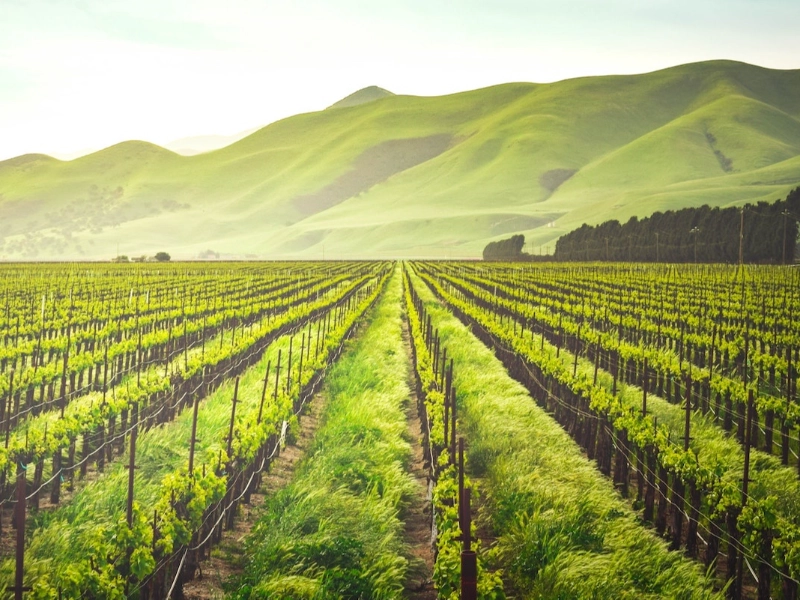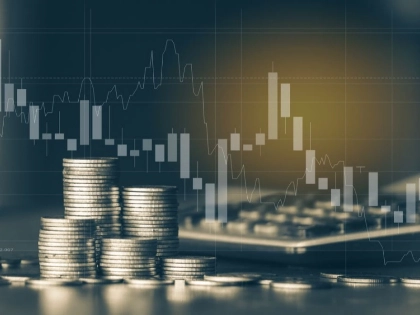The Future of Agriculture - What Will It Look Like?
Bits and bytes are changing farming just like they are other industries. For instance, farms housed in former warehouses and meatpacking plants are evolving into more factory-like enterprises capable of producing dependable goods impervious to the whims of the elements. Farmers already keep an eye on temperature and moisture content using sensors on their equipment. Additionally, they use chemical sensors to detect whether crop herbicides are harming neighbouring streams.

Mechanisation
Most people associate farming with field workers manually harvesting crops or farmers operating tractors. However, in practise, farmers employ technology on a regular basis to increase the efficiency of agriculture. Agronomic robots plant, tend, and harvest crops; automated vehicles spray crops with nutrients more quickly than with human labour; drones monitor fields and gather crop data. It is vital that agriculture companies integrate automation and artificial intelligence into their operations. Processing and packing plants are finding it difficult to manage rising labour expenses, a rise in employee turnover, and an increase in food losses as a result of COVID-19 outbreaks. Leading agribusinesses are implementing technologies that maximise automation's value in order to address these issues. But initial outlays are frequently substantial. As a result, businesses must place a high priority on a strategy plan that chooses creative solutions with a respectable return on investment. They need to create a clear roadmap for rapid piloting and identify their pain points first in order to do this. Furthermore, they must guarantee that the teams inside their organisation possess the necessary competencies and abilities to facilitate the shift to digital operations.
Automation
Numerous varieties of robots exist that are capable of carrying out an array of agricultural duties. They might be as basic as a rolling robot used for livestock mustering, or they can be as sophisticated as the intelligent working parts of a variable rate tractor. Robots can assist in lowering the danger of harm and manual labour, particularly in inclement weather. Additionally, they can reduce exposure to dangerous chemicals. They can also be utilised to maximise agricultural yields and gather important data on the condition of the soil. They let farmers to keep an eye on their crops and make quick modifications. Additionally, they can assist in grading and sorting the crops, saving the farmers time and effort. Because it removes the necessity for handling chemicals by hand, this increases production and lowers the need for pesticides. Additionally, it uses less water and other resources. Furthermore, it lowers losses from pests and illnesses and improves the quality of food.
Synthetic Intelligence
Farmers are depending more and more on artificial intelligence (AI) technologies as agriculture continues to go digital. Drones are being used to capture overhead images of farm fields, while GPS devices are being used to track cattle and equipment. Artificial intelligence is also being used to detect pests and crop illnesses. The same technology is contributing to lower labour costs and higher crop quality. Robots can pick fruit faster than human labourers, for example. Due to their ability to precisely target the regions that require it, they are also able to utilise less resources, such water and fertiliser. With the help of technology, farmers can now keep a close eye on their crops at all times, getting real-time information about the health of the plants. Then, they may adjust their farming methods to react instantly to weather events like droughts and downpours. Additionally, they can breed crops with the necessary traits with the aid of AI. A crop's genomic DNA sequence, which is a combination of its genes and environment, can be altered to achieve this.
Large Data
Big data analytics is transforming the agricultural industry, whether it is through increasing crop yields, cutting waste, or streamlining supply networks. This technique has enormous promise and will be essential in supplying the world's food needs while using the fewest resources possible. The majority of agricultural datasets are spatio-temporal, meaning they are linked to specific geographic locations and dates. It is important to consider the noise, imprecision, and outliers present in these datasets when utilising machine learning or prediction models. Big data is being used by farmers to monitor their machinery and crops and make decisions in real time. They are able to minimise erosion, maximise water use, and save energy costs as a result. Additionally, it assists them in anticipating equipment failure and scheduling repair, which reduces downtime and prevents expensive losses. Furthermore, big data is being used by agriculture suppliers to forecast demand surges and create creative pricing strategies. This makes it easier to provide a steady and dependable supply of animal feed, fertiliser, and seeds.








